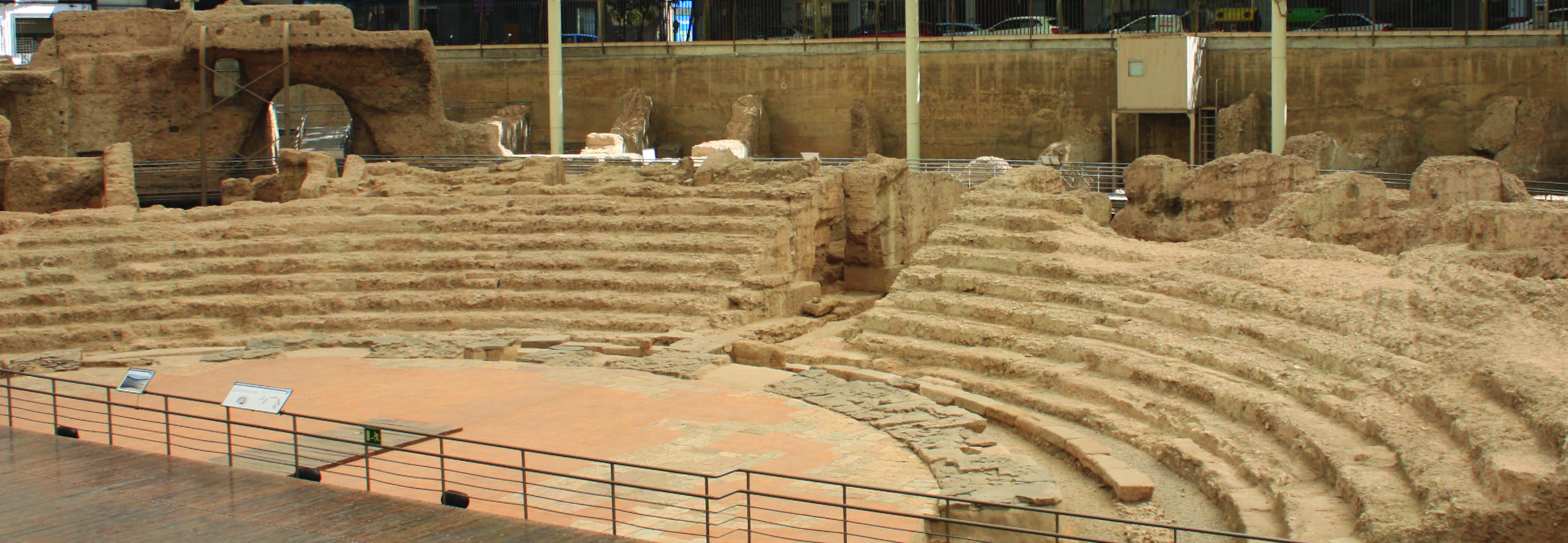
Hispanic Heritage dates back 2,000 years
Looking at the ruins of the Roman Empire, my family and I discovered in our recent trip to Spain that our Heritage is not what we thought.
It is not merely hundreds of years old, after the advent of the Latin American nations from which most of us emigrated.
Nor is it 50 years old, going back to when the U.S. government decided to bestow an official identity under the name “Hispanic” to our community of Americans of Latino descent— a community that has reshaped the demographics of the United States in the 21st Century.
The robust ethnic tree of Latino culture and history, we found out, is at least a couple thousand years old.
The very name “Hispanic,” coined in 1967 by the U.S. Census Bureau to classify that heterogeneous group of men and women immigrating from dozens of Spanish-speaking nations, comes directly from the word “Hispania,” the way the Romans referred to the most remote Western province of their empire, known today as the Iberian Peninsula.
The word Zaragoza (Saragossa, in English), the name of one the most beautiful cities in Central Spain, was just the transformation over centuries of the music of a single term’s pronunciation: “Caesar Augustus.”

That was the name of the Roman emperor who fell in love with a tiny village by the Ebro River and decided to use it to settle his veterans coming back from the Cantabrian wars, around two thousands years ago. He like it so much that named the new Roman city after himself: “CeasarAugusta.”
“CeasarAugusta” became Zaragoza (Saragossa), in a the magical evolution over 20 centuries of the term’s phonetics and morphology.
“Our grandparents, the Romans,” I read at the grandiose Museum of Zaragoza that this is how the current residents of the now modern city refer to their ancient ancestors and their 2,000-year-old cultural heritage, alive today in the name of the city and many places in it.
It’s also alive in all those words of the current languages generally spoken there, Castilian or Spanish, byproducts of the official language of the Empire — Latin — transformed by the local use of Castellanos and Aragoneses (residents of what became the Kingdoms of Castilla and Aragón, that later joined together to form the country of Spain in the 15th Century) throughout 2000 years of an amazing and unimaginable history.
CONTENIDO RELACIONADO

This language and this heritage floats in the air, perfectly legible in its sounds, scents and flavors to us —English-speaking and also Spanish-speaking descendants from this cultural trunk, coming back from the Americas— but it is also physical, to the point you can see it and touch it today.
Take the ruins of the Roman Amphitheater, a block away from our hotel, shown in the picture above.
The loud noises of the spectacles that entertained the Romans are gone, but in the silence, which is best enjoyed by walking around the ruins at night, you hear the echoes of a past that profoundly resonated with me and my family— naive and clumsy American tourists of Hispanic descent that bumped unprepared into this submerged iceberg of our own long, largely forgotten past and wondrous cultural heritage.
Hispanic Heritage, definitively, is way more than we think.
Philadelphia, August 26, 2018
More information on AL DIA's Hispanic Heritage event on October the 10th can be found here. Secure your ticket TODAY. Space is LIMITED.











DEJE UN COMENTARIO: